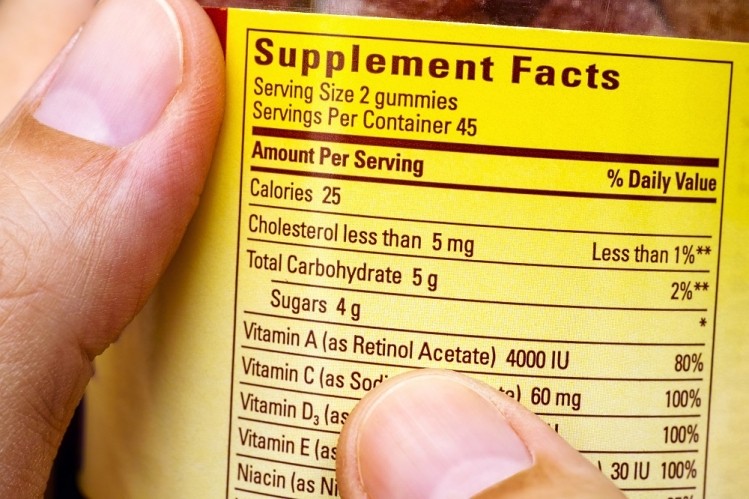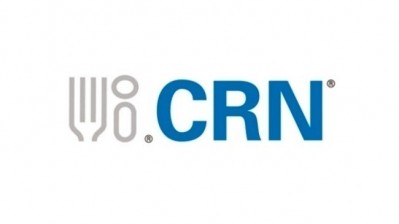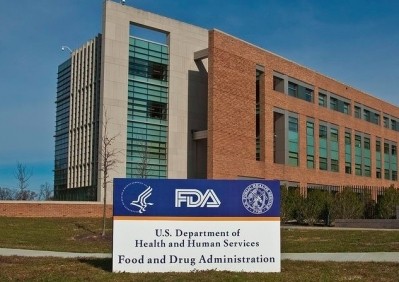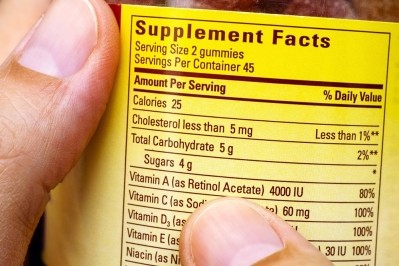Guest article
The Supplement OWL and the CDX: the Evolution of Self-Regulation

The Supplement Online Wellness Library (OWL) is the voluntary, industry-run online registry of dietary supplement products. It was launched in 2017 to provide greater transparency to regulators and retailers alike and to assist in their ability to identify particular supplement brands, ingredients, and manufacturers. In only eighteen months, the registry has grown to include almost 12,000 labels.
This fall, CRN announced the expansion of the Supplement OWL with the addition of the Commercial Data Exchange (CDX), and comprehension of this new feature is less understood. To understand the CDX, it’s best to start with a refresher in why the Supplement OWL was created.
With the goal of eventually being the master listing for dietary supplements in the U.S. market, the Supplement OWL was developed to answer the questions: What does the market for dietary supplements look like? What brands and ingredients are available? And who is making and marketing products in the sector?
For years before, FDA had convincingly commented that despite the regulatory tools it was given in the law, the agency really couldn’t effectively oversee the industry if it didn’t know who and what it was regulating. But prominent supplement manufacturers and marketers were not prepared to offer FDA pre-market authority to register their products, so the concept of a registry, established and administered by the industry itself, was hatched instead.
Developed primarily as a tool to give regulators a clearer picture of the marketplace, the Supplement OWL is also available online to anyone who wants to access it, providing transparency even to consumers.
So what is the CDX?
As CRN was developing the Supplement OWL, product marketers started asking if there was a place where they could post additional information about their supplements—information beyond what appears on the label like product certifications, testing results for ingredients, verification of supply chains, evidence of GMP inspections, and various seals and certifications (e.g., non-GMO, kosher, gluten free, etc.). They wanted retailers to be able to access these background materials and evaluate their products as they curate the supplement aisles in their stores.
In response, CRN launched the Commercial Data Exchange (CDX) as a companion to the Supplement OWL in October. Along with the label and other public-facing aspects of the entries, brand owners can now post additional documents that are accessible only to the particular retailers to whom they give access rights. Now brand owners can stand behind their products with a full array of materials that tell the full supply chain and quality narrative for their products. And retailers can develop deeper appreciation and confidence in the products they offer to their customers by having access to a range of materials that back up the quality and integrity of those dietary supplements.
But the CDX and the Supplement OWL will only work if companies choose to use them, so the task for 2019 is to spread the word about the value of the Supplement OWL and the CDX with the goal of doubling the size of the registry by year end. This is the chance for the dietary supplement industry to embrace self-regulation and show other stakeholders just how accountable they are.
I can envision retailers—from local health food stores to major grocery chains—turning to the CDX for in-depth understanding of the supplements they choose to stock. Some retailers may even make participation in the Supplement OWL and the CDX a de facto expectation to gain entry to their stores.
Unfortunately, the alternative—if the industry doesn’t self-populate the registry with their product labels—may be that FDA returns to protesting that it can’t “lift the curtain” to see the industry it is charged with regulating. Already voices critical of the industry are beginning to raise the possibility of establishing a mandatory, FDA-administered product registry with sanctions for companies that don’t register. If self-regulation doesn’t work, they are happy to impose a government-run solution instead.
Such a system of mandatory listing of products with FDA would likely require new legislation to enact. For those who don’t list their products, in violation of the proposed requirement, a mandatory listing would presumably create an easy-to-enforce administrative violation with possible consequences for those who ignore it and assist regulators when determining if a product is masquerading as a dietary supplement.
So while it would certainly help FDA identify the entities responsible for non-compliant products in the marketplace, it presents two significant challenges. First, introducing legislation in Congress is risky because a bill that starts out benign and well-intentioned, could easily get “hijacked.” Careful shepherding of such legislation would be critical.
Second, many worry that FDA could misuse a new law intended to require product listing and seek a pre-market approval framework instead. So clear boundaries and limitations would have to be incorporated into a product listing requirement.
But this debate over a mandatory listing can be deferred, if not avoided entirely, if the industry embraces the Supplement OWL and the CDX instead. Now is the time for brand owners to take the leap of self-regulation. We can show FDA, our customers, and even the industry’s critics, how responsible we are. Let’s spread our wings and soar.











